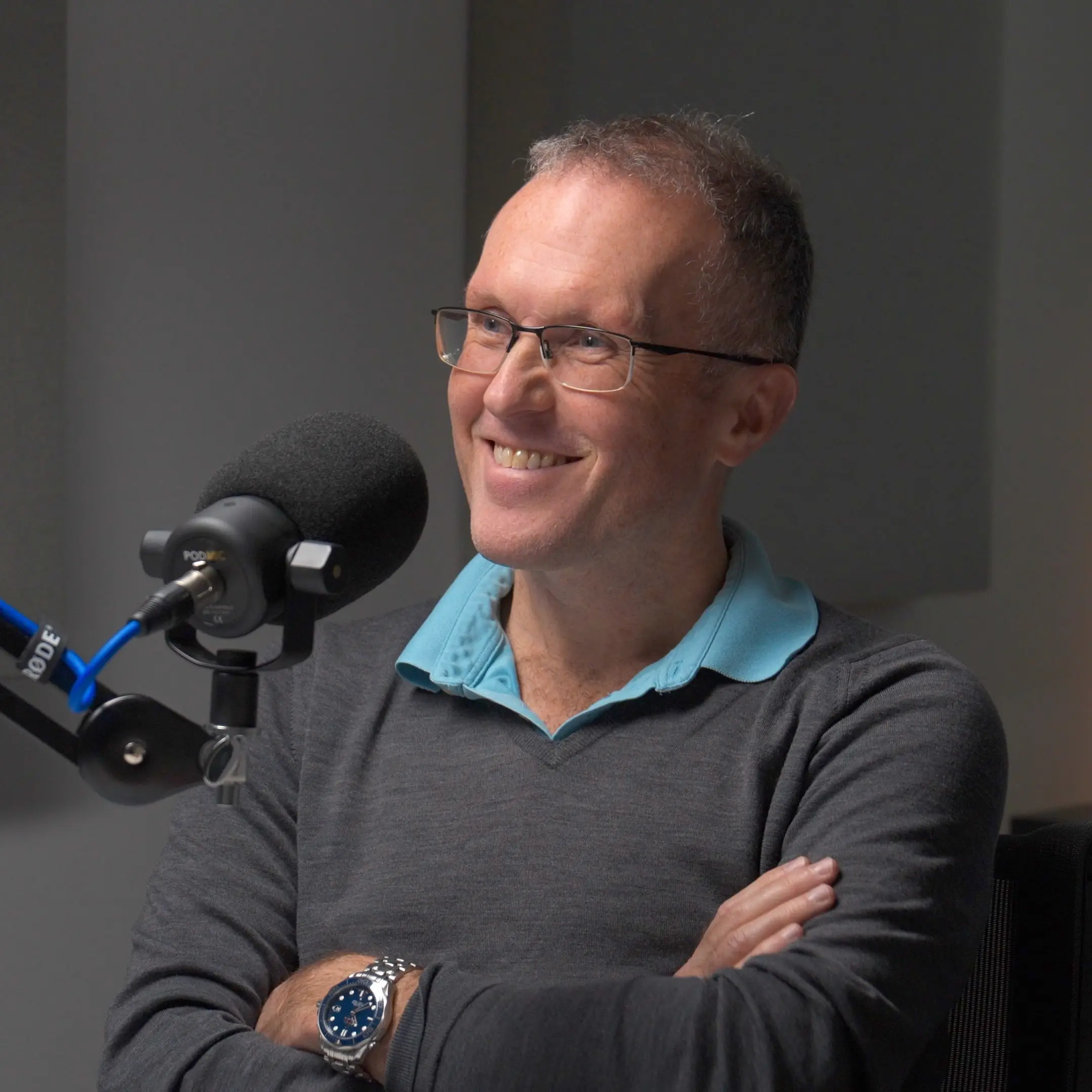The Psychology of Scaling Companies and Teams with Professor Robin Dunbar: Part 1
.png)
.png)

Have you ever wondered why your company's culture shifts dramatically as it grows?
In part one of a special three-part series, host Susannah de Jager sits down with Professor Robin Dunbar, creator of the renowned "Dunbar's Number," to explore the evolutionary and anthropological realities that impact organisations as they scale. They delve into how social constraints on our brains affect group sizes and dynamics, offering a new perspective on why committees and teams function differently at various scales.
Drawing on insights from fields as diverse as human evolution and business, Professor Dunbar provides a toolkit for founders and investors to identify critical tipping points in a company’s development. They discuss optimal group sizes for different tasks, from small, fast-acting committees to larger, more diverse brainstorming sessions.
[00:00:01] Susannah de Jager: Welcome to Oxford+. The podcast series for innovators and investors brought to you in partnership with Mishcon de Reya.
Hello and welcome to a slightly different format for Oxford Plus. We had the pleasure of interviewing Robin Dunbar, and it was such a long interview that we've split it into three parts. The first focused on groups, communication and optimising of size, the second on how we hire, and the third and final part is focused on how you keep culture and commitment in an organisation as you scale. Professor Dunbar invented Dunbar's number, the concept of 150 people we can meaningfully connect with, and the circles of intimacy therein. On today's podcast, professor Dunbar and I are going to dig into how social networks and evolved structural effects impact the life cycles of founders and the companies they are aiming to scale. More than just being an interesting footnote, these forces are often dictating the success or not of a venture. In today's conversation, we give founders and investors a toolkit to identify when the tipping points arrive and how to approach them as they do. Robin will elucidate on what anthropological and evolutionary reality behind these forces is and how we can use this knowledge to make sure that crucial moments in a company's development are actively and optimally prepared for. We hope this will be incredibly useful to you all.
Robin, thank you so much for joining today.
[00:01:26] Robin Dunbar: Pleasure.
[00:01:27] Susannah de Jager: Before we dive into some of your specific concepts, I'd love you just to give the sort of two sentence introduction from the perspective that you are bringing to anthropological, evolutionary, and human dynamics.
[00:01:43] Robin Dunbar: Well, how long have you got?
there are serious constraints on our capacity to handle groups, if you like so the group size which are our brains can get themselves around and make sense of, are dictated by the kinds of group sizes we needed to survive in the kinds of environments that our ancestors occupied and we are still stuck with those, unfortunately, and they're quite small. So this is the origins of what's now known as Dunbar's Number, which is essentially the number of relationships you could manage at any one time. And that's strictly limited to, 150 people on average.
Doesn't mean to say you don't know more people than that. It's just that the quality of those additional relationships are a bit more like acquaintances than like friends. The implications of that clearly are in terms of say, organisations, is that the size of, a group of people who have to work together on a project Is seriously constrained by these numbers, because they influence your capacity to engage fluently with what I suppose musicians would call flow. So you don't have to keep stopping to ask, what on earth do you mean? You just know what the person means and that's the defining feature of Dunbar's number and all that flows from it.
[00:03:14] Susannah de Jager: Thank you, and when you and I spoke previously very much focused on this sort of founder, entrepreneurialism, investor networks perspective.
You actually elucidated a little further on that for particular types of blue sky thinking, committees, ideas, there are actual optimal numbers. I'd love you just to touch upon that before we dive in again to some more specifics.
[00:03:42] Robin Dunbar: Okay, so that's an important point, because Dunbar's number as such, this number of 150 friends and family is what it is,is actually sub structured in quite distinctive ways. So if you like the network as distinct sub structuring frequencies that create what are an effect, a series of circles of friendship. Which have very distinct sizes. You can think of them as the ripples on a pond where you throw a stone into a nice, quiet, calm lake, and if you imagine yourself to the stone, you are surrounded by a series of layers that get bigger and bigger. So include more and more people in effect. But have wave sizes, wave amplitudes that are smaller and smaller, meaning the quality of the relationship, the emotional quality of the relationship decays, as you go out through these layers. And these layers occur, for present purposes, at least at five, fifteen, fifty, a hundred fifty people, and then extend beyond that for several more layers.
But the important ones that these inner layer ones. What are the implications of the way these relationships are built up because what creates that layering and that layering is very distinctive. It only occurs pretty much at those numbers. And what characterises them is very specific levels of emotional closeness. Let's say your ability to understand how the other person's mind ticks without having to constantly ask them, what do you mean by that? And secondly, the frequencies of interactions. So the layers actually reflect frequencies of interaction. You have this sort of more intimate layer of five people with whom you interact a great deal in real life and these people you know intimately, you don't have to ask them what they plan to do. You just know instinctively if you like. But as you go further and further out, you need to probe for more information.
And one of the consequences of this, in terms of business organisation, is that if you want a work group or committee that actually comes to decisions quickly, it needs to be small. You need to have just a few people who know each other intimately and coming from the same place in effect. It means that you don't have to waste time explaining background details to them because they just, they know everything you know. As you go further out, that becomes less and less easy to work because you're much less likely to get 15 or 20 people who are all on the same page at the same time.
But as a trade off on that, you have the advantages that the more people you have, the more diversity of experience and et cetera, et cetera, that they bring to the table and therefore, bigger groups tend to be much better for blue skies thinking if you sitting around the table trying to figure out where on earth we go from here and you need some creative imagination in the melting pot, then you want a bigger group. So a committee of 15, let's say a work group of 15 is better for that kind of task whereas a direct problem solving task, a strategic task, really wants a small group and for that four or five people is the optimum.
[00:07:05] Susannah de Jager: It's interesting when you hear something explained from the evolutionary academic perspective because as ever, when something makes sense, it sounds obvious once you say it, five people for a committee, more people for blue sky thinking. That all makes sense.
Something that candidly was less obvious when you said it to me, albeit that again, I had experienced it was the rubicon that groups go through at a larger scale. So at around 40 to 50 that you touched upon and I'd love to just hear what it is that changes in groups at that particular transition.
Because I feel that this is so relevant for scaling companies and other organisations, but especially for listeners of this podcast, both investors who are advising companies and founders themselves are often subject to things that by not having understood the academic principles, they aren't able to manage in advance for something that actually, from an evolutionary perspective, is an inevitable transition.
[00:08:15] Robin Dunbar: I might actually go back a step and make a similar kind of observation in terms of the very small work groups of four or five, because that's germane to this issue, and it's something we are very familiar with in everyday life. And one of the reasons why it's more difficult, as it were to have a fast working, fastsolving, committee bigger than about four or five is there's a very, very strict limit on the number of people that can be involved in a conversation at four.
If a conversation gets bigger than four. It shifts, it either breaks up into two small conversations. Once you get to five or six people, you're going to end up with two conversations of three within half a minute at the most, and it's just extraordinary how fast this happens. And it's because people can't get a word in edgeways as part of the problem and so the only way you can keep a bigger group together is essentially to have a lecture.
Everybody has to seed the floor to one person, of course, then the thing gets dominated and you lose all the benefits of all the other people in the room because you've just got one person spouting what he or she believes to be the case and nobody else can get a word in edge ways. And the only way you can manage that then if you want to have a big group, is you have to have a chairman, right? To manage the thing. Otherwise people kind of drift into the background and go, well, I can't shout as loud as you can. I'll give up and look at my news feed. So that kind of transition effect occurs in effect at all the levels.
The one that's very important from an organisational point of view is this transition that occurs somewhere between about 40 and 50 people.
So it's at the 50 layer boundary and we actually came across this looking at the size of communities of practice in business. So these are obviously, little informal groups of people from perhaps from different companies who share a common interest. They're all the finance people or all the HR people or all the software programmers or whatever it might be. Who get together once in a while for a away day, a seminar or whatever, to talk about matters of common interests, whatever that may be.
If the group organising it is under 40, then it proceeds on a very democratic basis. Everybody kind of chips in there a little bit. Somebody brings the tea and the coffee and the biscuit. Somebody organised the speaker, somebody else organises the room. People don't ask, they just do it. The group is small enough for people to see who's doing what and what needs still to be done.
But once you go through this barrier at about 50, suddenly you've got people who don't pull their weight anymore, and so it often ends up with a small number of people doing all the legwork who then get very tired and very irritated and say, if you're not going to do help out with organising this we are not going to do it anymore and of course you lose the benefits. So what happens at that point is a transition from a democracy, a pure democracy, into an autocracy where you have a small committee. Perhaps elected, perhaps self-appointed who run the show and so you start to move into management hierarchical structures. And it's quite extraordinary. You can just see it in the data. Communities of practice that are smaller than about 40, they're totally informal. There isn't a kind of chair who makes sure everything gets done. The social secretary role doesn't exist and communities of practice 50 upwards. They all have a management committee. It's because our capacity to engage with each other, has these limits which make it difficult to coordinate large numbers of people, essentially.
[00:12:11] Susannah de Jager: And how do you see that application of that discovery and that observation within scaling companies that are one organisation? You talk about management structures, hierarchy, I'm really interested to see when you think about the impact that transition has on an organisation. What are the largest changes that either need to be put in place or that are going to come as a consequence of it?
[00:12:39] Robin Dunbar: Well, I think part of the problem, it goes back to the fact that an organisation is small, everybody is a big part of a big cog in the machinery, and that gives them a sense of if you like ownership and therefore commitment to seeing that the thing works well. But once you go through the these upper thresholds. You have, much more opportunity for free riders to trade on the system, not make a contribution, because they get the benefit anyway. I mean, this kind of thing happens even in, obscure places like church congregations, for example.
The optimal size for a church congregations appears to be somewhere between a hundred and two hundred people. So roughly the 150 layer boundary. If you have too few people, fewer than a hundred people in the congregation, and this is not our work. I'm just citing people who've studied these kinds of topics. What happens is people find it very difficult to find the time and the surplus cash to pay to keep the parish going and to pay for the, presumably the minister's salary and all these kinds of things. So it becomes a big burden on them and they want to leave. If you have more than 200 people, once more silos begin to emerge in the system, and once you've got silos in the system, you tend to end up with a group of people going, well, that lot over there, taken on the whole show. We are excluded. We don't get a say in how things are done, which charities we should be supporting. We're expected to pay, but you know, what's the benefit to us? And at that point people start getting grumpy. They either retreat from being involved, they might, I guess in this particular case they might turn up to the services, but they don't really play a particularly active part in how this thing runs, and also they're then at risk of defaulting and going, actually there's a much better church down the road, which is only 150 people. I should go and try them instead.
Those what are essentially economic decisions, I suppose, are being made effectively all the time in any kind of group or organisation thathumans are part of. We are constantly looking how are investment of time and effort into maintaining the fabric of the organisation, whether it's a business or a, golf club or,any kind of organisation of that kind.Is directly proportional, in effect to the size of the group. If things get too big, we become disengaged, and so that becomes an important transition in the growth of any foundational company as it were. That there are these points.
This idea that there's a kind of optimal limit at about four or five people for a working group, that's dealing with a how to solve a particular problem. And I think, Facebook called them a pizza group, right? It's the number of people you can get round a pizza.
By the same token, this transition at sort of 40 to 50 demarcates the difference between true democracies, everybody's mates with everybody else, to having a management structure. Suddenly life is very different. And that's sometimes known as thestanding on a chair problem. How big a group can still hear you if you stand on a chair in the dining room and tell them about what's going on.
I think practical experience. It tells us that these limits are there and they're kind of informally well known, but very often the explanation for them is not particularly well understood or not understood at all.
[00:16:29] Susannah de Jager: It's so interesting because lots of people listening will be subject to this and will have seen this transition point, particularly 40 to 50, and so much of what you say is identifiable. You know that culture changes, that it can feel that people are less committed, that the 45th person is an employee, rather than having that sense of being invested in the mission statement and all of those things for the kind of companies being founded, particularly by academics, where often there's a huge passion behind it, there's a real impact, a pursuit, that change is very perceptible and is experienced.
How would you advise people to sort of move to towards that transition in order to finesse what is inevitable, but perhaps minimise the negative impacts?
[00:17:23] Robin Dunbar: I suppose to be honest,the first point we ought to make is there's no golden rule that's a solution for all circumstances. A lot of the solutions, depend on the particular culture and environment and I suppose what the organisation is about. These will change the dynamics in different ways.
But that said, the broad rule is it's perfectly possible for humans to live happily in very large groups. But in general with organisations at these points of transition, the downside is very clear. It's about this sort of breakdown ofa personal sense of trust and commitment and the sense of obligation, and the buildup of silos and echo chambers that don't talk to each otheracross their boundaries.But they're all ways of dealing with that and humans have historically, if you like, been very good on the whole at finding solutions, to get us over a particular hump in the course of, evolving from pure hunter gatherers with these very, very small living groups of 30 to 50 people. So well within that democracy boundary,to starting to live in villages. Which only happened about 8,000 years ago, and then rapidly escalated after that from small villages, of just one or 200 people up, through, cities and kingly states and nation states as we have them now. We found ways of dealing with it.
Some of which wouldn't really workin the course of an organisation because they're often dependent and to some extent in having a legal system with a police force. In other words, top down discipline, which you can do. That's how the military solved this problem. With a very strong hierarchical structure with very strict rules on how people behave and they enforce it with very strict discipline. But then they have a particular problem to solve and that is winning battles and that depends on large numbers of people doing the right thing at the right time in coordination with each other. Rather than behaving sort of anarchically. Civilian life people tend to object to that kind of discipline,as we all know from our individual responses to the attempts by governments to impose legal restrictions on what we can do in our behavior, how fast we can drive on motorways, et cetera, et cetera. So the kinds of solutions that people have found have been essentially social institutions that allow you to manage the fractiousness that occurs, and prevent it escalating out of sight.
Often these solutions only work for a modest range of grouping sizes, and then you hit the buffers again and you have to add in something else. You can actually see that happening in the course of human social evolution. It's quite extraordinary. Those sort of solutions really come back down to creating a sense of belonging and a sense of trust and commitment to the central purpose and theme of the organisation. So, any organisation is a village or a family, another way of looking at it, and families and villages work best if they have a common purpose. They're not just mistreated cogs in the system, but that they're actually a valued part of the system. But there is some genuine good being performed by this organisation seems to be key to the survival of many companies in general talking about small scale founder companies.
But the survival of very large multinational organisations really in the end seems to depend on a sense of commitment that we are here to do some public good. Might be designing things people would like to buy, or it might bebringing in new urban planning for government departments. But there is a benefit there that people can identify and say, no, we're here to do a public good. So these kinds of purposeful activity seem to be key and how you implement that, of course, is going to depend on the particular nature of the organisation in itself.
[00:21:48] Susannah de Jager: Thank you for listening to part one of this interview with Robin Dunbar. As you've just heard, we discussed the optimal sizes for different discussions. But now in Part Two, if you listen, we're going to talk about some of those thresholds, how to identify them, and the kind of leadership and approaches that will help you finesse and manage those transitions as optimally as possible and also some tips on how you might think about hiring for those management positions, the actual skills that really talented CEOs and senior management will bring that maybe aren't that easy to measure, but are all too important. So listen to part two now.
Thanks for listening to this episode of Oxford+, presented by me, Susannah de Jager. If you want to stay up to date with all things Oxford+, please visit our website, oxfordplus.co.uk and sign up for our newsletter so you never miss an update. Oxford+ was made in partnership with Mishcon de Reya and is produced and edited by Story Ninety-Four.


More episodes+

The Multiplier Effect: Funding Companies, Ecosystems, and the Future of the UK
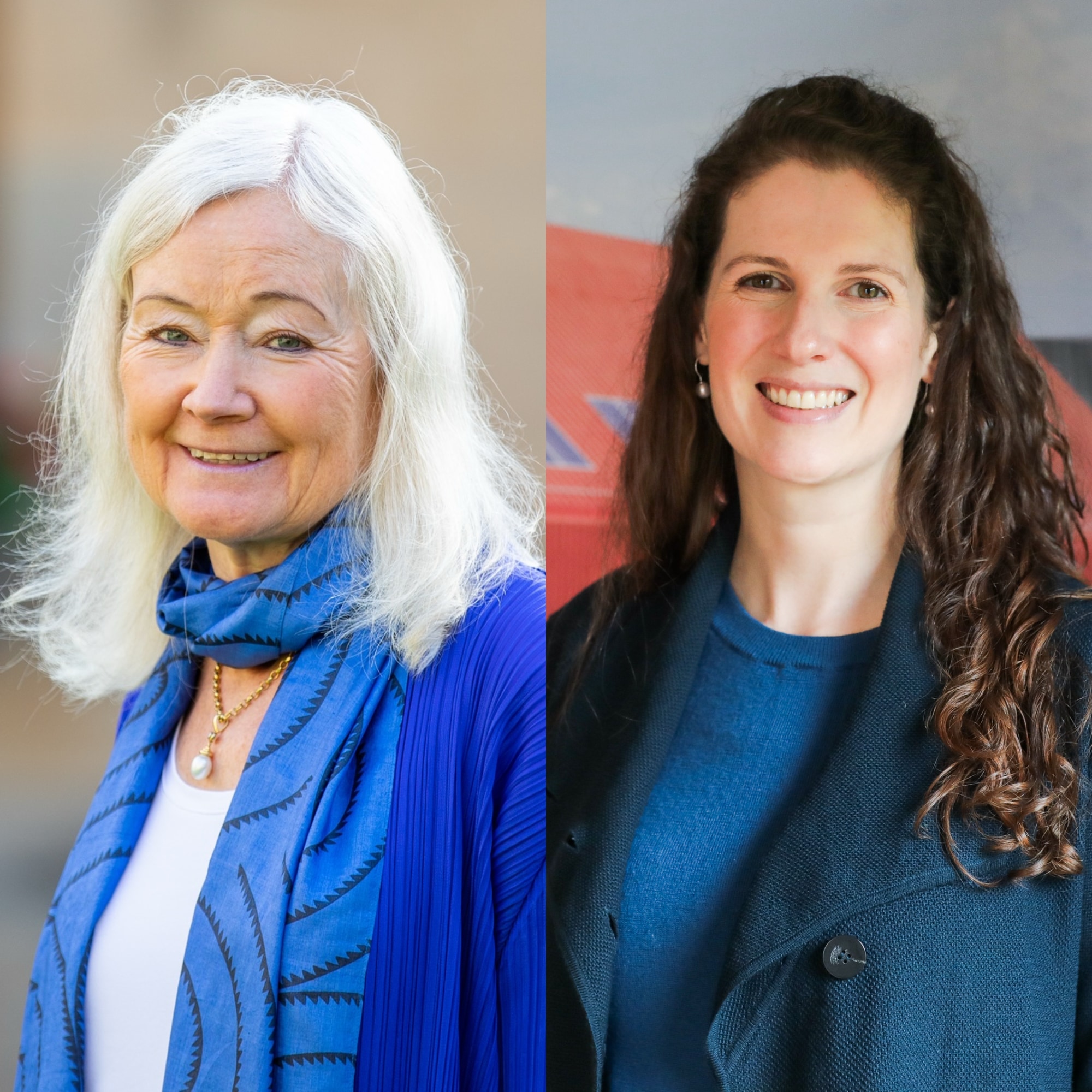
Oxford North: The New Innovation District in Oxford

The Cluster Effect: How Bicester Motion is Driving the Future of Mobility

The Psychology of Scaling Companies and Teams with Professor Robin Dunbar: Part 3

The Psychology of Scaling Companies and Teams with Professor Robin Dunbar: Part 2

The Future of Genetic Medicine with Zandy Forbes, CEO of MeiraGTx
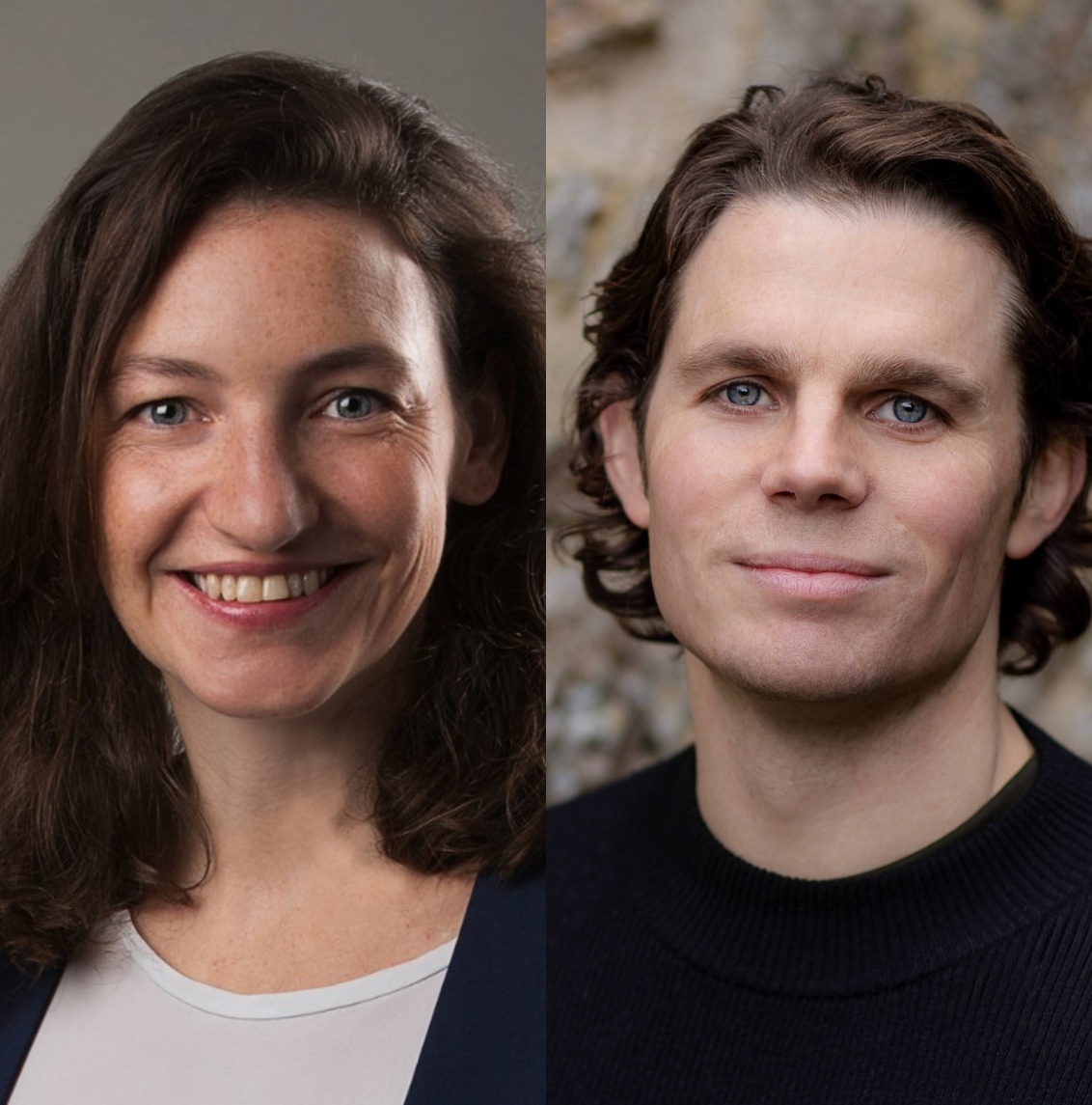
How Founders Pledge Uses Data to Maximise Philanthropic Impact

The Oxford Trust at 40: How Innovation and Education Power Oxford's Future

Can Sirona Rival Ozempic? A New Chapter in Obesity Treatment with Camilla Easter

Aligning Founders and Investors with David Mott

Building Billion-Pound Outcomes with Jack Edmondson

How Machine Learning in Oxford Is Transforming Medicine Worldwide with Lionel Tarassenko

Bringing Science to Society with Molly Stevens

How Oxford University Innovation Bridges Science and Business with Mairi Gibbs
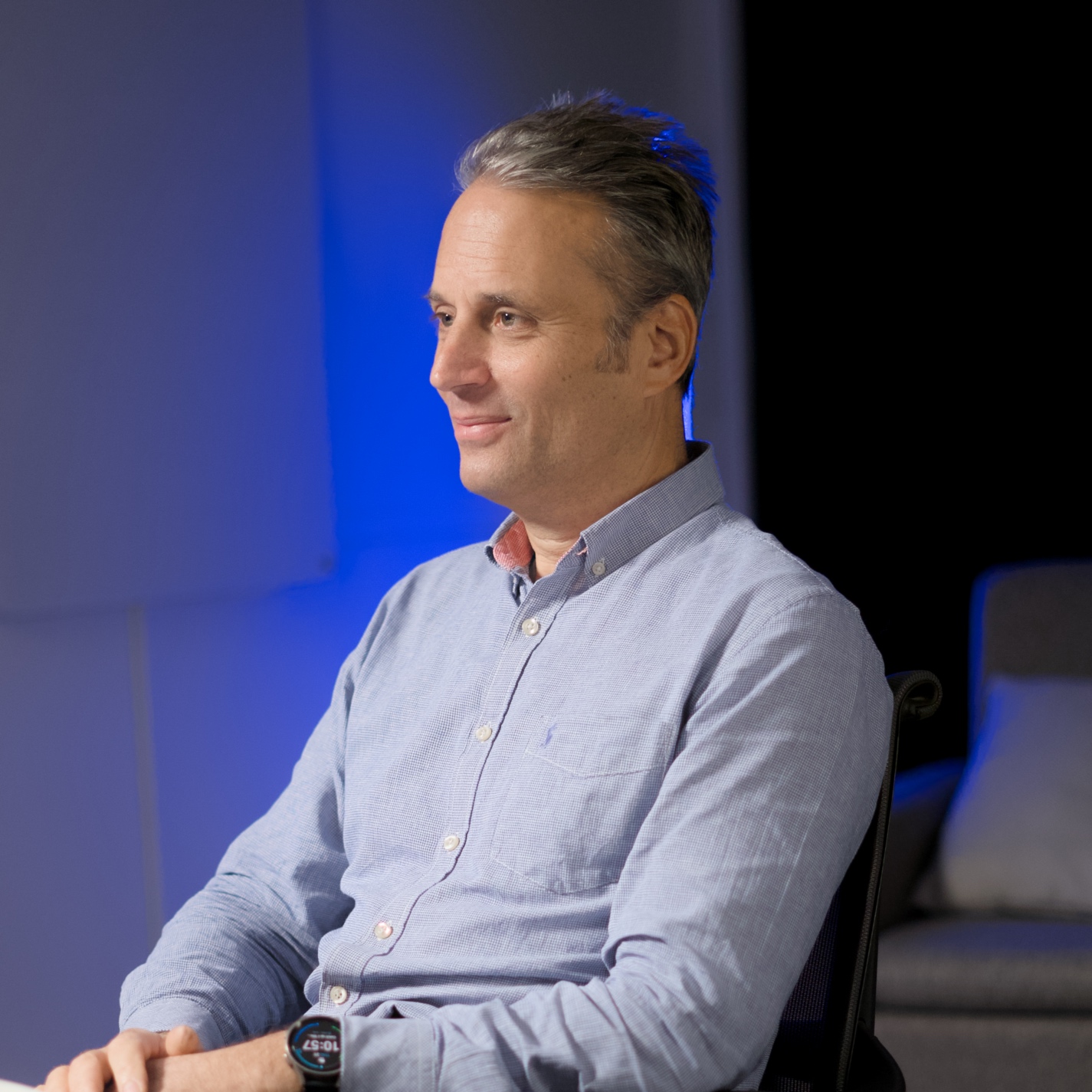
What Formula One Teaches Us About Startups and Success with Adam Parr

Risk and Reward in Early-Stage Tech Investments with George Robinson

Charting Fresh Career Paths with Sue Douglas

From Oxford MBA to Startup CEO with Lily Elsner

Navigating Market Dynamics with Marcus Stuttard

Harnessing Local and Global Talent with Sarah Haywood

Navigating Capital Markets with John Derrick
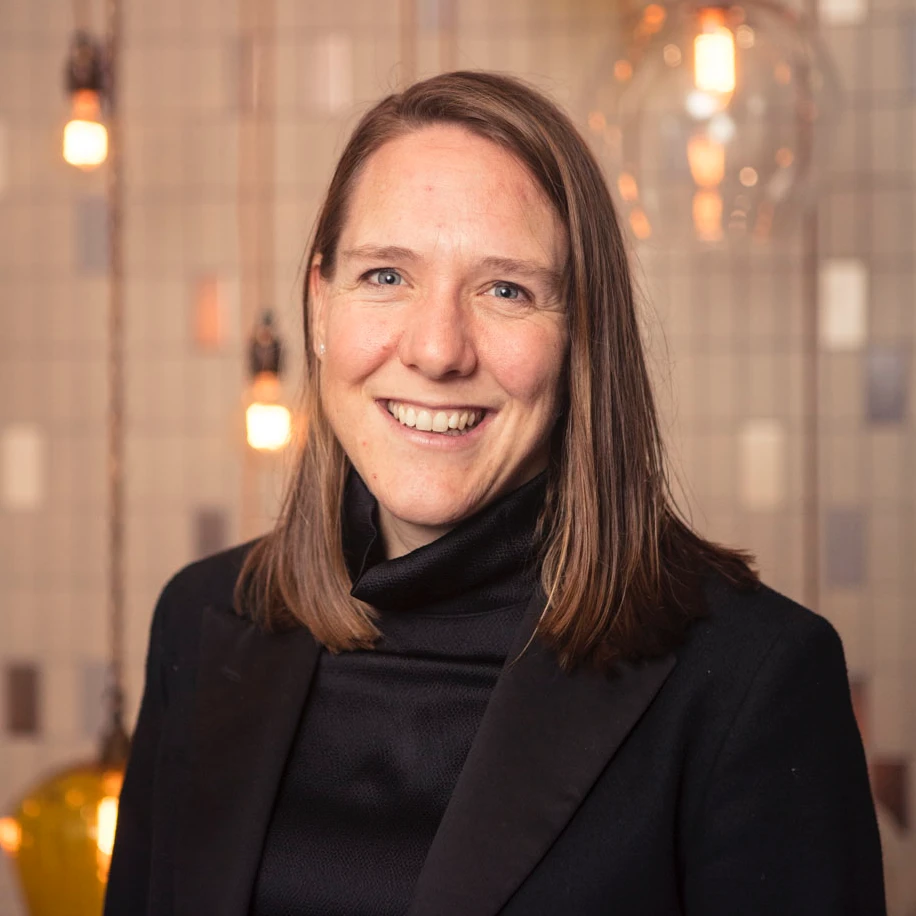
Building Oxford’s Future with Anna Strongman

Breaking the Myths Around University Spin Outs with Irene Tracey

Navigating the Future of Oxford Sciences Enterprises with Ed Bussey

Oxford's Role in the Next Industrial Revolution with Dave Norwood

Diversifying the Investment Ecosystem with Rowan Gardner

Pension Investment and the Mansion House Compact with Nicholas Lyons

Lessons from the Motorsports Cluster with Mark Preston

From Research to Reality with Cici Muldoon

Nurturing Founder-Driven Ventures in Oxford with Peter Crane
